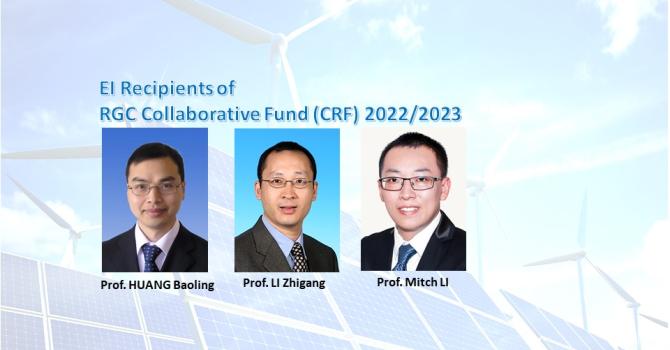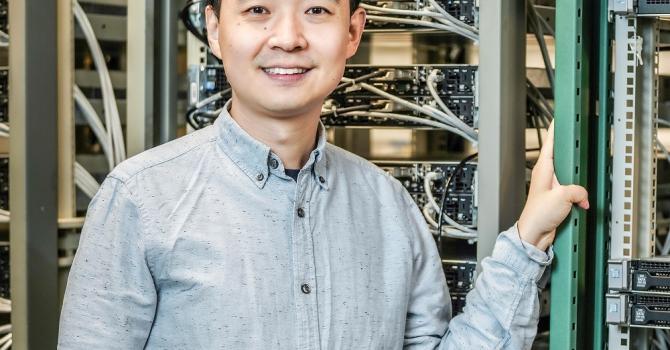EI-led project Awarded CNY ¥20 Million Guangdong Province Key Areas R&D Plan Project Fund
EI-led project has been awarded the Guangdong Province Key Areas R&D Plan Project Fund in the area “New energy vehicles and autonomous driving” with an overall grant of CNY ¥20 million. EI Director Prof. Minhua SHAO, Cheong Ying Chan Professor of Energy Engineering and Environment, Head and Chair Professor of Chemical and Biological Engineering, is the principal investigator.
In this three-year awarded project “Development and industrialization of highly active and durable platinum-based hydrogen fuel cell catalysts”, Prof. Shao’s team aims to develop and commercialize the key materials and components of fuel cells, which are highly active and highly durable platinum-based hydrogen fuel cell catalysts, membrane electrode assemblies and achieve large-scale preparation. The purpose is to provide technical support for the development of fuel cell and new energy vehicle industries in Greater Bay Area and even the country.
By collaborating with South China University of Technology and two enterprises with advanced R&D conditions and industrialization foundation in key fuel cell materials and components from Greater Bay Area, the research team expects to address the problems of insufficient activity and durability of surface platinum-rich intermetallic catalyst, high cost of palladium-platinum-core-shell catalyst, as well as to accelerate membrane electrode assemblies batch preparation technology with high catalyst utilization. The industrialization of catalysts and membrane electrodes will surely drive the development of the entire industry chain of fuel cell new energy vehicles.
The Guangdong Province Key Areas R&D Plan Project Fund was set up by the Guangdong provincial government and Guangdong Provincial Department of Science and Technology to provide better and more focused funding support for research and development projects which can help Guangdong province and Greater Bay Area decarbonize and enhance environmental protection as China strives towards carbon neutrality by 2060.

